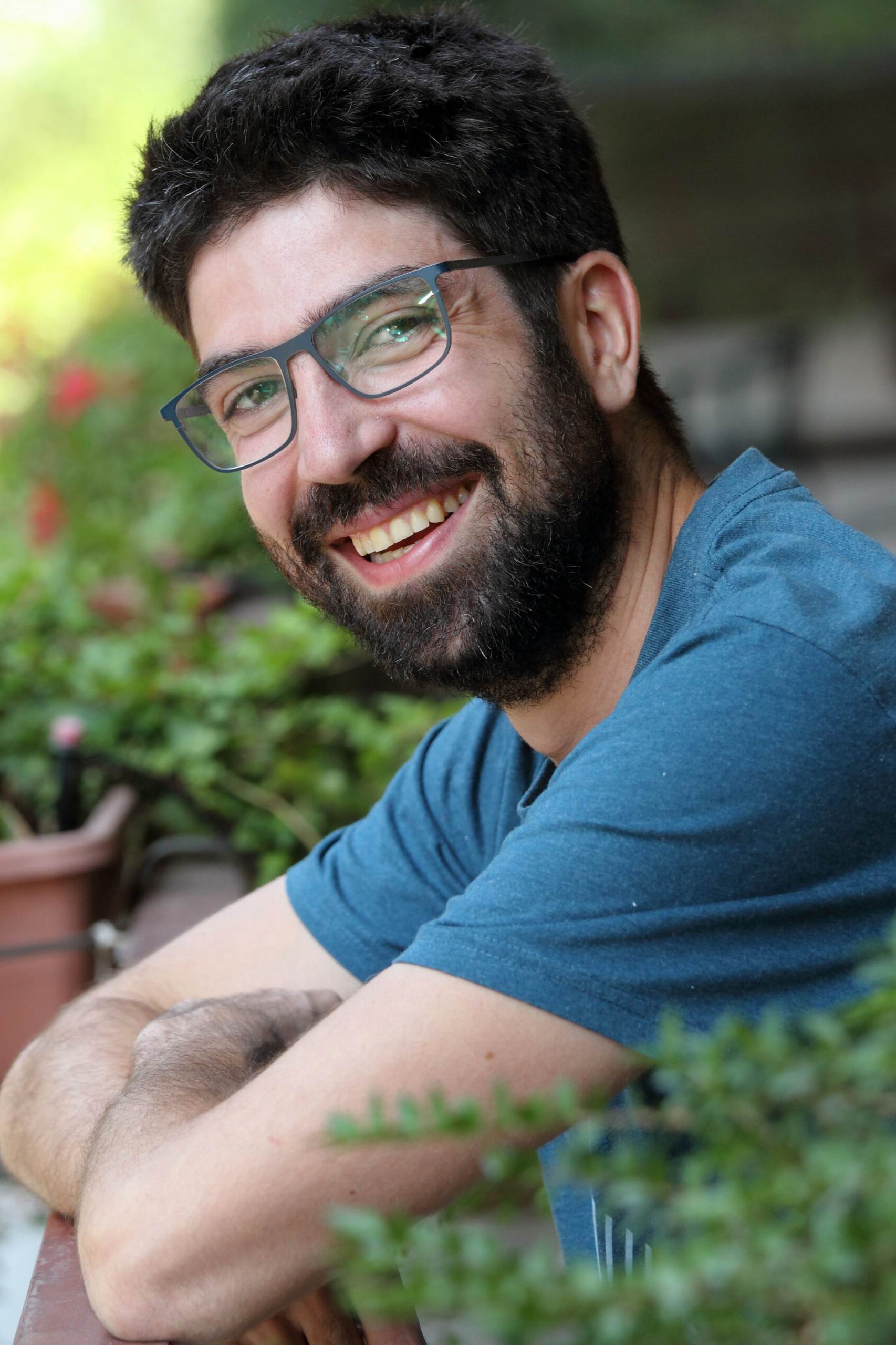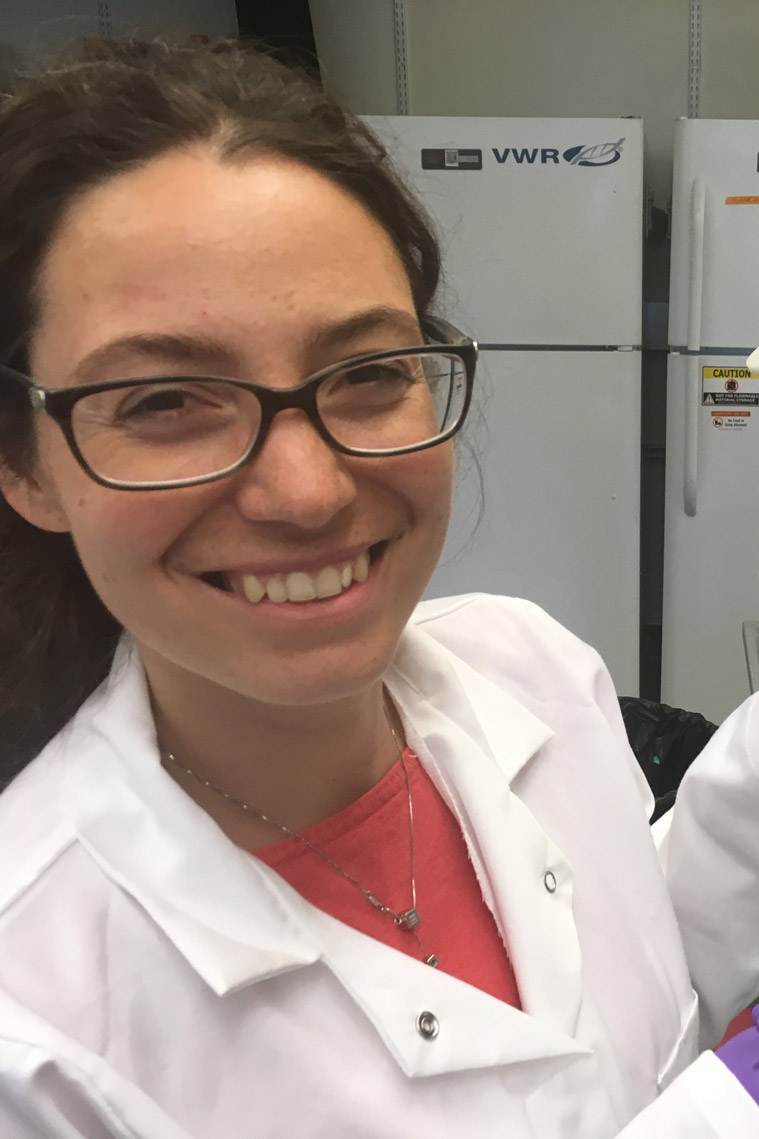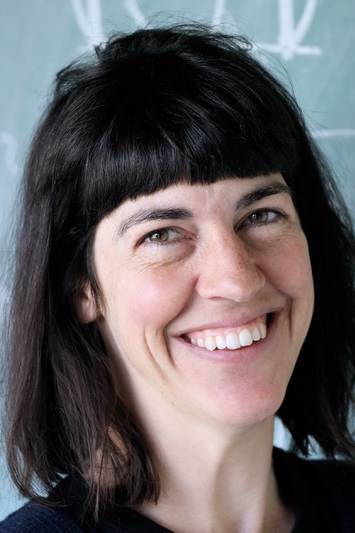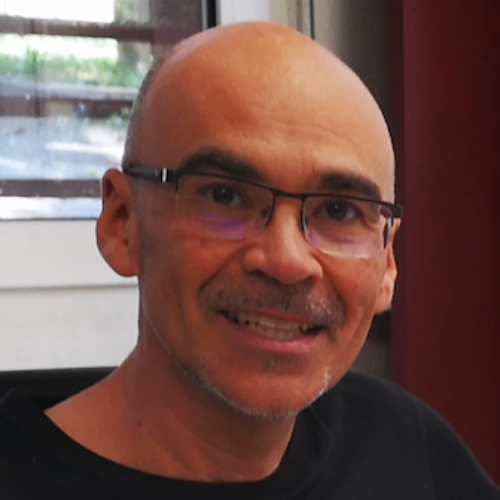Core Teams
The QDIV (“Quantitative bioDIVersity”) interdisciplinary network stems from a set of labs from different European academic institutions interested in quantitative approaches to biodiversity-related problems, combining theory and experiments at different scales of description (from micro to macro).
A small set of “core teams” is in charge of coordinating QDIV activities. Below you can find a brief description of these groups.
Samir Suweis
The Laboratory of Interdisciplinary Physics (co-PI Samir Suweis) of the Physics and Astronomy Department of the University of Padova, works to understand complex living systems under a framework given by statistical physics and machine learning. Main research themes can be classified in three broad areas: (i) Ecological modelling and biodiversity ; (ii) Data analysis and complex networks in ecology and biology ; (iii) Criticality in living systems.
Marco Cosentino Lagomarsino
The “Statistical Physics of Cells and Genomes” group (PI Marco Cosentino Lagomarsino) works jointly between IFOM and the Physics Department of the University of Milan. SPCG is a theoretical group applying tools and concepts from statistical physics to fundamental questions in biology and ecology. The group integrates data analysis and theoretical modeling and often works in direct contact with experimentalists. Research areas: (i) cellular “growth-division laws” and single-cell physiology (ii) complex-systems approaches to genome and microbiome composition (iii) evolutionary dynamics of major genome rearrangements.
Bianca Sclavi
Our group is interested in the regulatory mechanisms that are involved in the coordination of gene expression and DNA replication with cell growth rate and division. We use a quantitative biology approach based on the choice of specific reporter systems to measure the activity of the transcription, translation and DNA replication processes. We obtain measurements at the single cell level to uncover the dynamics of the cell cycle and of cellular adaptation to environmental changes and stress in a heterogeneous population.
Jacopo Grilli
We are a small, dynamic group at the Quantitative Life Sciences section of the Abdus Salam Centre for Theoretical Physics. Our main goal is to explore and understand how diversity is generated, organized, and mantained in ecological communities. Most of our focus is on microbial communities, which we study with a deep and sincere synergy between theory-driven and data-driven approaches. By unveiling quantitative regularities in complex ecological data and by advancing the theoretical understanding of large interacting communities, we aim to determine how the ecological and evolutionary forces produce the stunning taxonomic and functional diversity that we observe on planet Earth.
Diana Fusco
We are fascinated by how evolution shapes the interactions at the molecular and single-cell scale to give rise to collective behaviors at the population scale, with particular focus on the feedback between spatial dynamic, stochastic fluctuations and evolution. To probe these phenomena, we use two laboratory model systems, B. subtilis biofilms and phage-E. coli ecosystems, whose population and evolutionary dynamic we model borrowing from the field of statistical physics and population genetics.
Agnese Seminara
Imagine you are immersed in water and you want to reach a target. You dont see it, but you smell its odor and your skin senses the water currents it generates as it moves. How do you process the complex chemical and mechanical signals carried and distorted by the water flow? We use fluid dynamics, statistical physics, machine learning and behavioral experiments to ask how organisms sense and process complex sensory cues to navigate despite uncertainty in the environment.
Core Teams
On two lines to turn your visitors into users
Change the color to match your brand or vision, add your logo, choose the perfect layout, modify menu settings, add animations, add shape dividers, increase engagement with call to action and more. Change the color to match your brand or vision, add your logo, choose the perfect layout, modify menu settings, add animations, add shape dividers, increase engagement with call to action and more.
Change the color to match your brand or vision, add your logo, choose the perfect layout, modify menu settings, add animations, add shape dividers, increase engagement with call to action and more. Change the color to match your brand or vision, add your logo, choose the perfect layout, modify menu settings, add animations, add shape dividers, increase engagement with call to action and more.

Marco Cosentino Lagomarsino
The “Statistical Physics of Cells and Genomes” group (PI Marco Cosentino Lagomarsino) works jointly between IFOM and the Physics Department of the University of Milan. SPCG is a theoretical group applying tools and concepts from statistical physics to fundamental questions in biology and ecology. The group integrates data analysis and theoretical modeling and often works in direct contact with experimentalists. Research areas: (i) cellular “growth-division laws” and single-cell physiology (ii) complex-systems approaches to genome and microbiome composition (iii) evolutionary dynamics of major genome rearrangements.

Samir Suweis
The Laboratory of Interdisciplinary Physics (co-PI Samir Suweis) of the Physics and Astronomy Department of the University of Padova, works to understand complex living systems under a framework given by statistical physics and machine learning. Main research themes can be classified in three broad areas: (i) Ecological modelling and biodiversity ; (ii) Data analysis and complex networks in ecology and biology ; (iii) Criticality in living systems.

Bianca Sclavi
Our group is interested in the regulatory mechanisms that are involved in the coordination of gene expression and DNA replication with cell growth rate and division. We use a quantitative biology approach based on the choice of specific reporter systems to measure the activity of the transcription, translation and DNA replication processes. We obtain measurements at the single cell level to uncover the dynamics of the cell cycle and of cellular adaptation to environmental changes and stress in a heterogeneous population.

Jacopo Grilli
We are a small, dynamic group at the Quantitative Life Sciences section of the Abdus Salam Centre for Theoretical Physics. Our main goal is to explore and understand how diversity is generated, organized, and mantained in ecological communities. Most of our focus is on microbial communities, which we study with a deep and sincere synergy between theory-driven and data-driven approaches. By unveiling quantitative regularities in complex ecological data and by advancing the theoretical understanding of large interacting communities, we aim to determine how the ecological and evolutionary forces produce the stunning taxonomic and functional diversity that we observe on planet Earth.

Diana Fusco
We are fascinated by how evolution shapes the interactions at the molecular and single-cell scale to give rise to collective behaviors at the population scale, with particular focus on the feedback between spatial dynamic, stochastic fluctuations and evolution. To probe these phenomena, we use two laboratory model systems, B. subtilis biofilms and phage-E. coli ecosystems, whose population and evolutionary dynamic we model borrowing from the field of statistical physics and population genetics.

Agnese Seminara
Imagine you are immersed in water and you want to reach a target. You dont see it, but you smell its odor and your skin senses the water currents it generates as it moves. How do you process the complex chemical and mechanical signals carried and distorted by the water flow? We use fluid dynamics, statistical physics, machine learning and behavioral experiments to ask how organisms sense and process complex sensory cues to navigate despite uncertainty in the environment.
Affiliates
Affiliates of the QDIV network have the possibility to post news, published papers, job openings, etc. and are involved in QDIV network activities and projects.
Join the QDIV network!
Below you can the list of the current participating groups (updating):

Miguel A Munoz
Institute Carlos I, University of Granada
We apply techniques of Statistical Physics, and Non-linear and Networks Science to interdisciplinary problems, including
among others: systems biology, theoretical ecology and evolution and neuroscience.

Patrizio Mariani
Technical University of Denmark - DTU
The research group concentrates on the development and application of novel ocean technologies for mapping marine habitats and biodiversity, and in support of the next generation of integrated marine ecosystem assessments.
Daniele Iudicone
Stazione Zoologica Anton Dohrn, Naple
In Tara Oceans, the SZN team, a highly multidisciplinary group that combines physical oceanography with bioinformatics and diatom biology, will deal principally with some aspects of plankton diversity.

